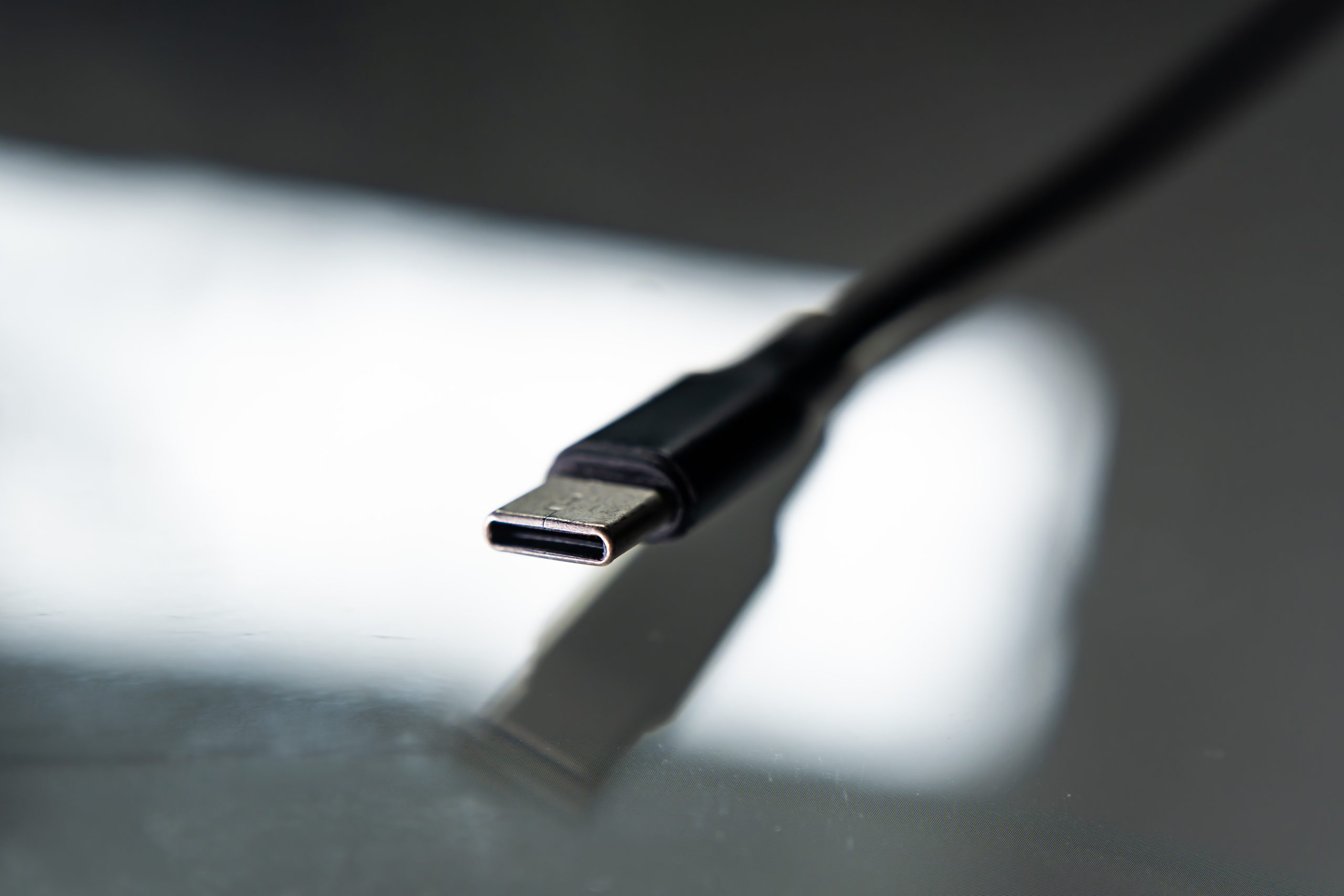USB-C is a heck of a connector. It is so beloved that it's becoming mandatory among EU electronics, with other geographies considering similar approaches, and even the resistant iPhone is reportedly considering using it. Operating at up to 40Gbps, it has greater bandwidth than USB-A or other forms of USB, but that's assuming you're using the right type of USB-C. USB-C naming has already dealt with a rebrand that only continued the confusion. And the next standard for the popular reversible connector type will further the twisted plot that is USB naming with a new, perplexing identity: USB4 Version 2.0.
USB4 Version 2.0 will operate at up to 80Gbps, the USB Promoter Group announced today. The current USB4 can operate at up to 40Gbps, but it can also max out at 20Gbps. You'd need to look for optional USB-IF logos or check spec sheets to know.
USB4 Version 2.0 is said to reach 80Gbps by use of a new physical layer architecture that, according to the USB Promoter Group, leverages "newly defined" 80Gbps USB-C active cables and currently existing 40Gbps USB-C passive cables.
The new type of USB4 will continue the USB-IF's questionable naming scheme that only its members and a thumbtack-and-string-covered corkboard can truly appreciate. When it's all said and done, it seems you'll be able to find USB-C ports that are USB4 Version 2.0, USB4 Version 1.0, USB 3.2 Gen 2x2, USB 3.2 Gen 2, USB 3.2 Gen 1, or USB 2.0, plus some will opt for Intel Thunderbolt certification. And in the case of USB4 Version 1.0, you'll still need more information to know if the port supports the spec's max potential speed of 40Gbps.


 Loading comments...
Loading comments...
